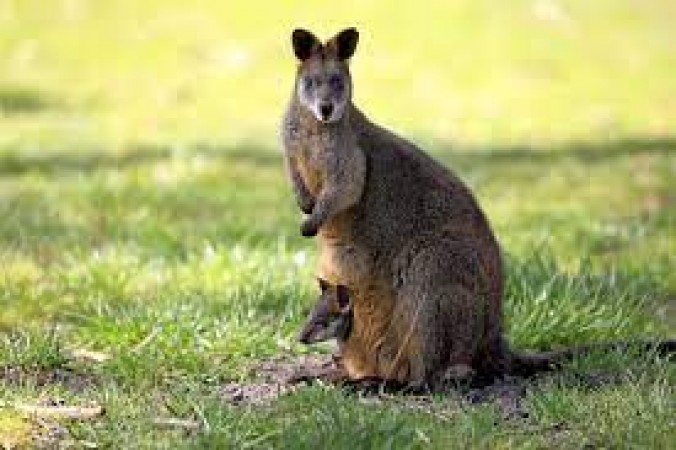
In the vast tapestry of the animal kingdom, reproduction strategies vary immensely. While some species reproduce only during certain seasons, others exhibit continuous breeding patterns. One particularly intriguing phenomenon is the concept of continuous pregnancy or superfetation, wherein an animal can remain pregnant even while already carrying offspring.
Continuous pregnancy refers to the ability of certain animals to conceive offspring while already pregnant with another litter or embryo. This phenomenon challenges traditional notions of gestation cycles, presenting a unique reproductive strategy observed in various species across different taxa.
Among the most well-known examples of continuous pregnancy are marsupials, with kangaroos being a prominent illustration. Female kangaroos have a remarkable ability known as embryonic diapause, wherein they can conceive a new embryo while another is already developing in the pouch. This ensures a steady reproduction cycle, allowing females to be continuously pregnant and rear young simultaneously.
Rodents, such as mice, also exhibit traits of continuous pregnancy. A female mouse can conceive a second litter even before giving birth to the first. This adaptive strategy ensures rapid population growth, a crucial survival mechanism for small mammals vulnerable to predation.
In species like kangaroos, delayed implantation enables the female to control the timing of embryo development. This ensures that offspring are born when environmental conditions are optimal, maximizing their chances of survival.
Species with continuous pregnancy often exhibit accelerated embryonic development, allowing them to maintain short gestation periods despite overlapping pregnancies. This adaptation is essential for managing multiple litters simultaneously.
The evolution of continuous pregnancy highlights the remarkable adaptability of certain species to diverse environmental conditions. By maximizing reproductive efficiency, these animals can thrive in challenging habitats and maintain stable populations over time.
While continuous pregnancy offers certain advantages, it also presents challenges and risks. Competition for resources, increased maternal stress, and potential health issues for offspring are factors that must be carefully managed within ecosystems where continuous pregnancy occurs. In the intricate web of life, the phenomenon of continuous pregnancy showcases the remarkable diversity of reproductive strategies among animals. From marsupials to rodents, nature has evolved ingenious mechanisms to ensure the perpetuation of species through continuous breeding cycles. By understanding and appreciating these adaptations, we gain deeper insights into the complexities of life on Earth and the myriad ways in which organisms have evolved to thrive in their respective environments.
Modi Government is Offering Loans: Learn How You Can Take Advantage?
Donald Trump Hit with 355 Million Fine and Business Ban in NY Fraud Trial
Atlas Tours and Travels: 35 Years of Excellence in Transforming Journeys